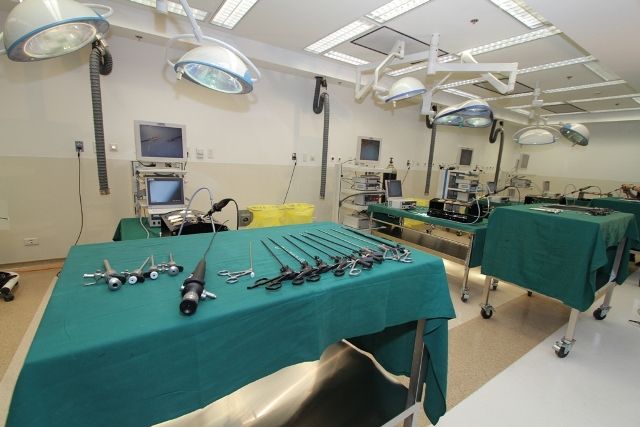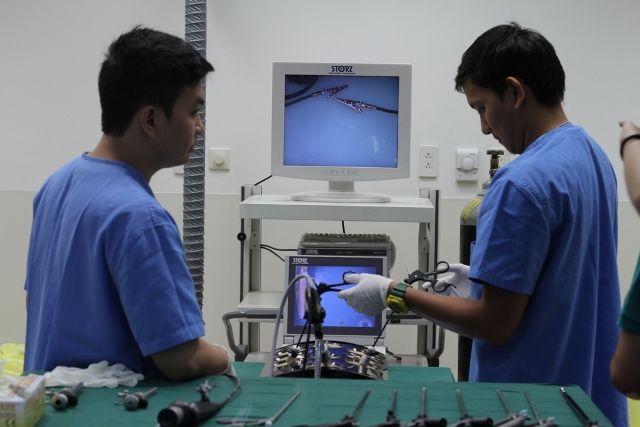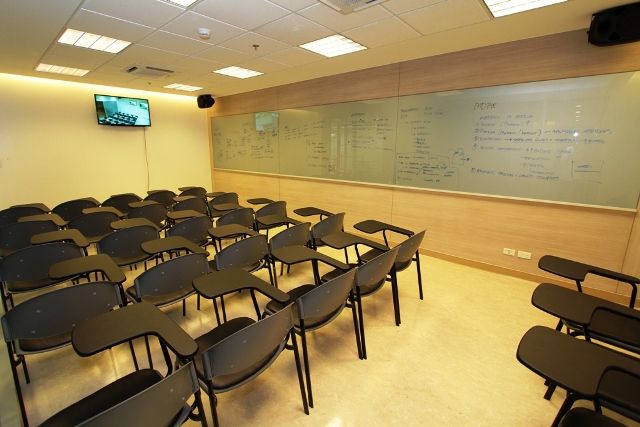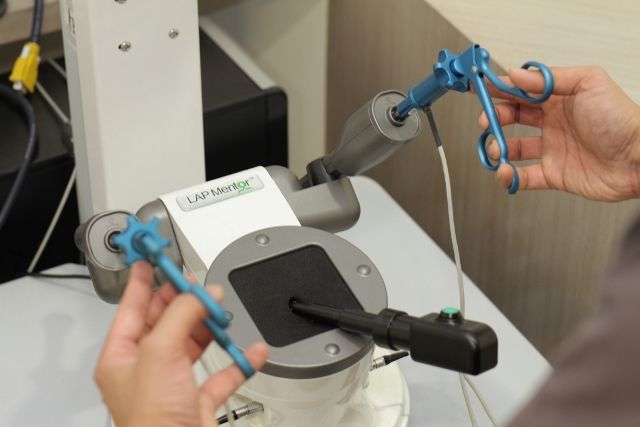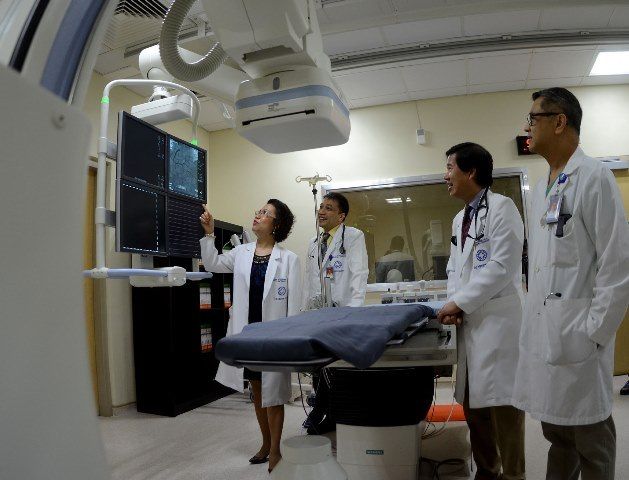The Medical City Section of Child and Adolescent Psychiatry in partnership with the Consulate of the Republic of San Marino held the first of a series of workshops for children from child-caring agencies to help prepare them for eventual adoption.
The pilot workshop took place on July 10, 2014 at the Museo Pambata in Manila and was facilitated by Dr. Cornelio Banaag Jr., head of the TMC Section of Child and Adolescent Psychiatry, together with Drs. Vanessa Cainghug, Genuina Ranoy, Geraldine Lobo and Mary Daryl Joyce Lindo-Calleja. It was conceptualized by the said doctors together with Dr. Norieta Balderrama and Dr. Evelyn Gapuz. The next workshop will be held this November.
The activities included storytelling, role playing and group discussions with children facilitated by Child and Adolescent psychiatrists of the section.
The Philippines has been struggling with economic difficulties in the region and among the problems connected with poverty is the growing number of neglected and abandoned children who seek refuge in the various child-caring agencies in the country.
With current research studies indicating the possible negative effects of institutionalizing children, and with the goal of matching children with a permanent family and a permanent home, the Department of Social Welfare and Development launched an advocacy campaign to increase awareness of adoption as an enduring answer to the situation of homeless children and homes searching for children.
The heightened awareness in the local adoption process due to the various advocacy campaigns of DSWD, as well as the introduction of the Inter-Country Adoption Act of 1995, greatly contributed in the increase in the number of Filipino children being adopted both locally and internationally. Legal adoptions bestow on the child all the rights and privileges of a child born into a family.
TMC Child and Adolescent psychiatrists believe that children for adoption need to be prepared emotionally since they will experience a transition out of institutionalized or foster care to a permanent family.
The workshop aimed to increase the awareness of the participants on their attitudes about adoption including their fears, anxieties and joy about having a permanent home. The workshop also aimed to develop a more positive outlook in transitioning to a permanent home.
According to Dr. Lindo-Calleja, the adoption process is such a life changing journey for children which warrants emotional and psychological preparation.
“This is an opportunity for child psychiatrists to take an active part in making the children’s journey smoother,” says Dr. Lindo-Calleja.
“The beauty of Child Psychiatry is in helping children early on in their lives and in the process, being able to change the trajectory of the children’s’ lives towards a better direction,” adds Dr. Banaag.
The activity was the pilot community project of the TMC Section of Child and Adolescent Psychiatry. Eleven children aged five to twelve who are to be matched for local and inter-country adoption participated in the workshop.
The project is in partnership with the Consulate of the Republic of San Marino which signed an Inter- country adoption agreement with the Philippines in 2011. Two Filipino orphaned and abandoned children have thus been adopted in the European microstate. The Republic of San Marino, the oldest surviving sovereign state and constitutional republic in the world, has been giving guidance and support for children in the country since 2008.
